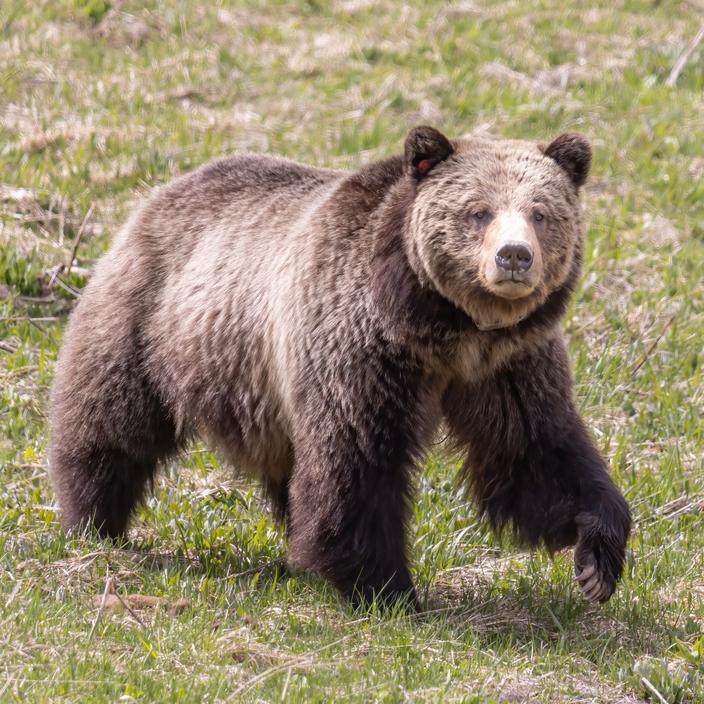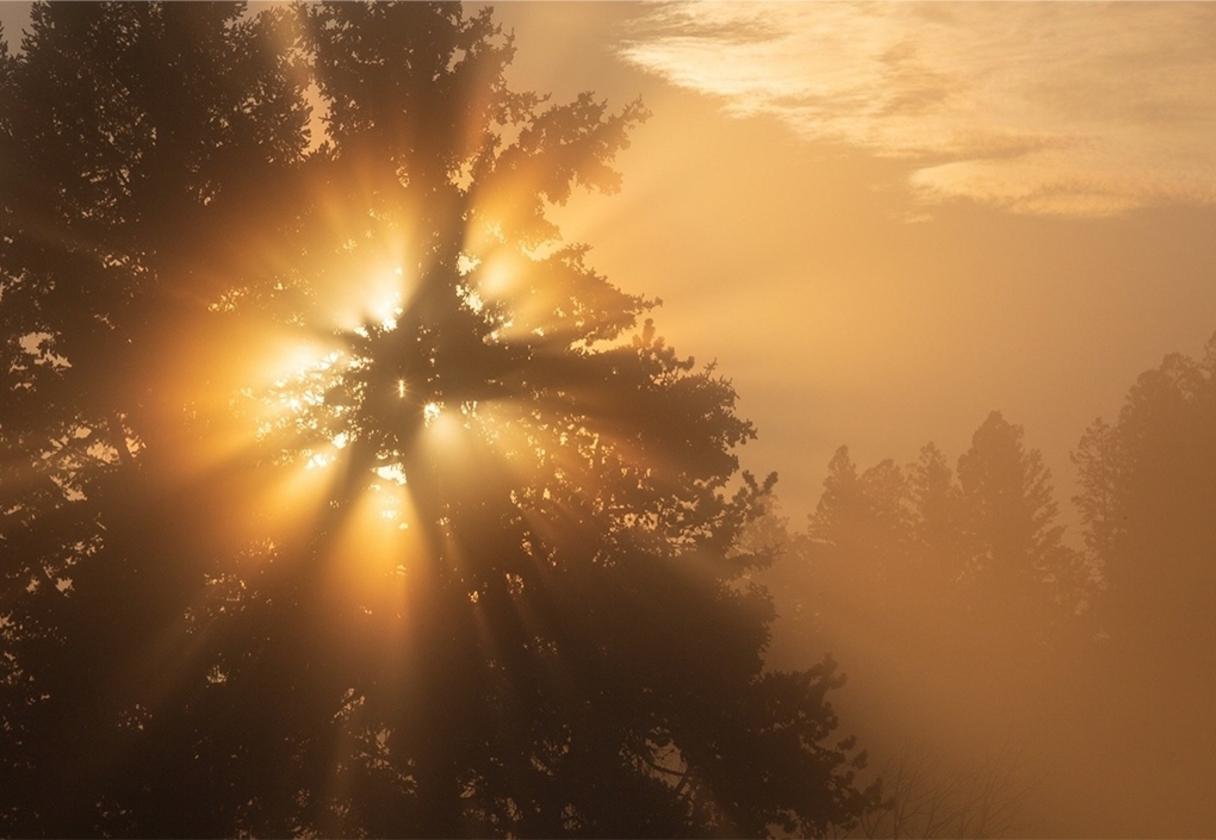Back to StoriesConsidering Grizzlies, Judge Stalls Grazing Plan North of Yellowstone
Following Judge DeSoto’s findings and recommendations, the Forest Service had 14 days to file an objection. On April 10, the agency requested a two week extension, and now has until April 24 to respond.
__________________________________________________________________________________________________
April 11, 2025
Considering Grizzlies, Judge Stalls Grazing Plan North of YellowstoneIn a win for environmental coalition, wildlife agencies ordered to review livestock grazing impacts on grizzly bears
by Sophie Tsairis
In a ruling that juggles ranching interests and grizzly bear conservation, a judge has ordered state and federal agencies back to the drawing board over controversial grazing permits in a vital wildlife corridor north of Yellowstone National Park.
The March 27 order, handed down by Missoula judge Kathleen DeSoto, instructed the U.S. Forest Service and U.S. Fish and Wildlife Service to reexamine and "remedy" issues around their grazing plan for national forest land that could affect grizzly bear habitat connectivity. The livestock grazing allotments were approved in 2021 for federal lands north of Yellowstone National Park as part of the East Paradise Range Allotment Management Plan.
DeSoto's decision responded to a September 2022 lawsuit brought by a group of wildlife advocates that challenged the Service's decision to maintain and expand cattle grazing permits along the Absaroka Range's western boundary in occupied grizzly bear habitat.
The plaintiffs argued that these grazing allotments undermine a critical corridor connecting Yellowstone and Northern Continental Divide grizzly bear populations, a connection essential for their long-term health and survival.
The coalition behind the lawsuit included Western Watersheds Project, Alliance for the Wild Rockies, Wyoming Wildlife Advocates, Sierra Club, WildEarth Guardians, Gallatin Wildlife Association, Center for Biological Diversity, Native Ecosystems Council, and Friends of the Bitterroot.
Patrick Kelly, Montana and Washington director of Western Watersheds Project, told Mountain Journal the grazing plan and accompanying Environmental Assessment failed to meaningfully analyze or discuss the clear implications that the presence of cattle would have for grizzly bear connectivity. If implemented, the East Paradise grazing project would add 1,356 acres to the existing Sixmile North allotment, which he said would almost certainly increase the chances of grizzly bear conflicts.
"As Judge DeSoto noted in her decision, lack of connectivity and genetic exchange between subpopulations remains a primary threat to grizzly bear recovery," Kelly said. "The Forest Service knows full well that livestock conflict remains one of the primary sources of human-caused grizzly bear deaths in the Greater Yellowstone region, yet they chose not to look at how expanded allotment acreage and an earlier grazing season start would impact habitat connectivity."
Following Judge DeSoto’s findings and recommendations, the Forest Service had 14 days to file an objection. On April 10, the agency requested a two week extension, and now has until April 24 to respond.
If the ruling is upheld, the Forest Service will be required to address the shortcomings highlighted in her ruling, the outcome of which would be, at minimum, a new and more robust Environmental Assessment or potentially a full Environmental Impact Statement to thoroughly assess the East Paradise grazing project.
__________________________________________________________________________________________________
Mountain Journal is a nonprofit, public-interest journalism organization dedicated to covering the wildlife and wild lands of Greater Yellowstone. We take pride in our work, yet to keep bold, independent journalism free, we need the support of readers like you. Thank you.
Related Stories
January 30, 2025
CWD Cases Increasing as Feedgrounds Remain in Hotseat
Wyoming
Game and Fish report fifth chronic wasting disease case near where federal agencies feed elk,
first confirmed case at Wyoming elk feedground.
...
February 14, 2024
Why are bighorn and domestic sheep hanging out? Here's why we should care.
A respiratory illness common in domestic sheep can devastate wild bighorn sheep herds. In a quest to minimize transmission, a
pair of...
November 9, 2023
Wildland Firefighters: Slash and Burn?
As wildfires
rage hotter and spread faster, federal wildland firefighters are facing a fiscal
pay cliff on Nov. 17, and with it a...





